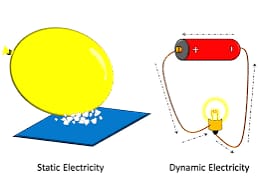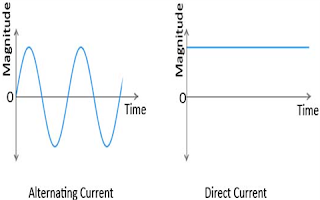Electricity Safety Precautions for class VIII
[4:25 PM, 4/15/2020] M.M.ThAKuR: Electrical Safety Rules.... Did you know that the voltage and available electrical current in a regular home or business has enough. power to cause death by electrocution? The truth is, all electrical systems have the potential to cause harm. Your body is a natural conductor of electricity, and is vulnerable to electrical shocks and burns—including thermal burns that affect both the external skin and internal tissues—and arc blasts that can cause your lungs to collapse, or muscles to contract, causing a serious fall. Direct contact with energized conductors or circuit parts can interfere with the brain, make it difficult to breath, or even stop your heart. Working with electricity is serious business! If you’re taking electrician training, or about to begin an apprenticeship, these are 8 essential safety measures to know and respect. 1. Don’t touch someone who’s been electrocuted! It’s natural to want to reach out and assist a friend who has ...

